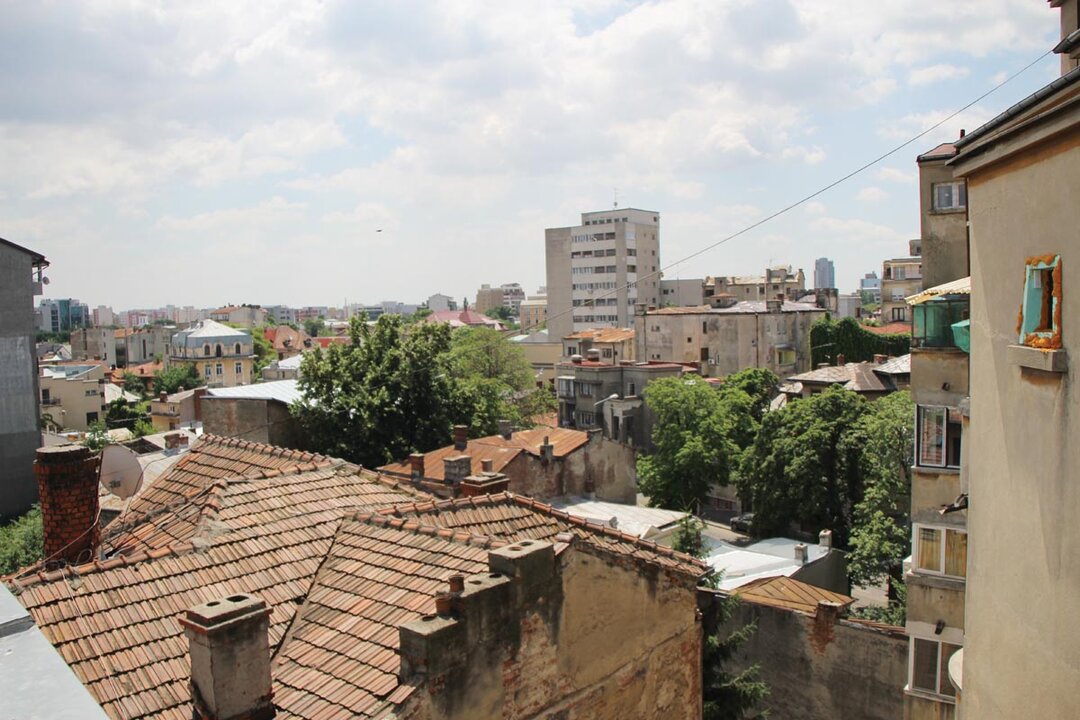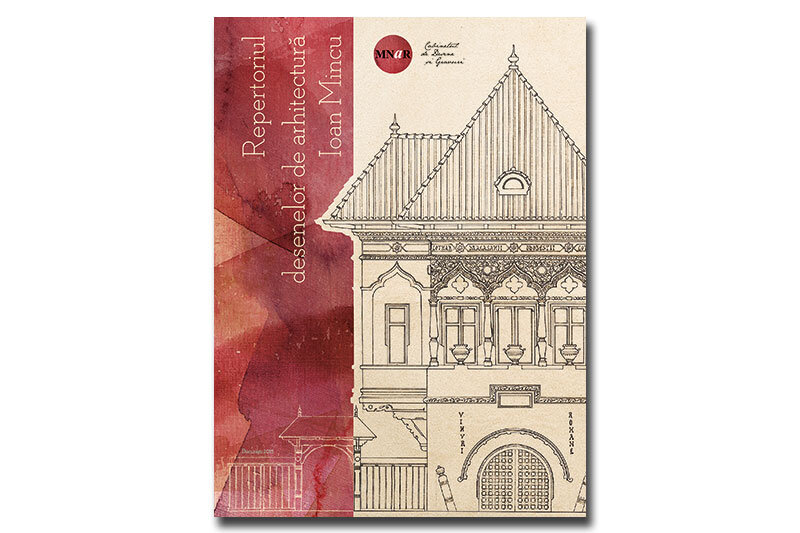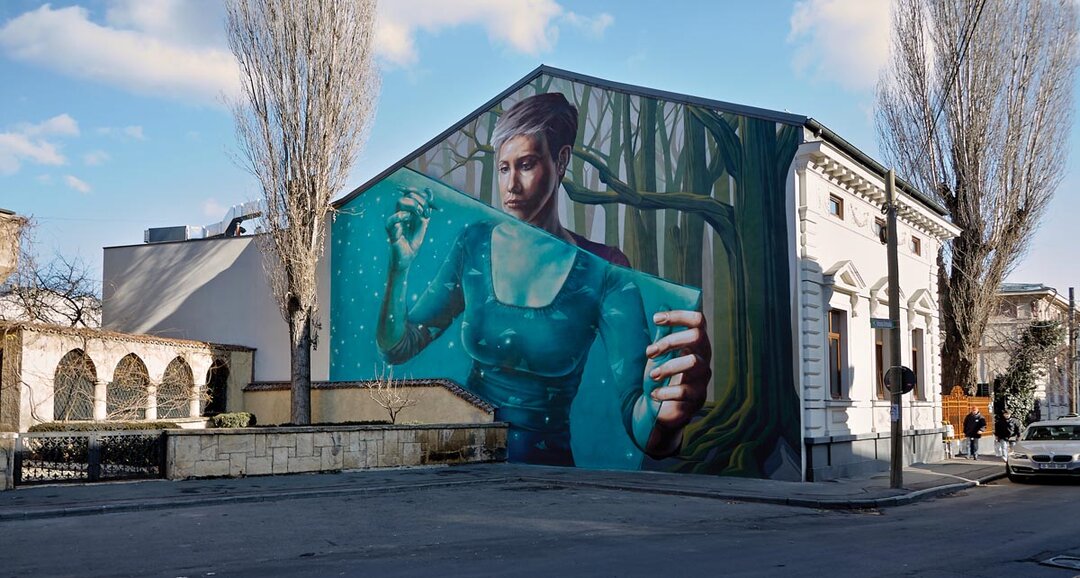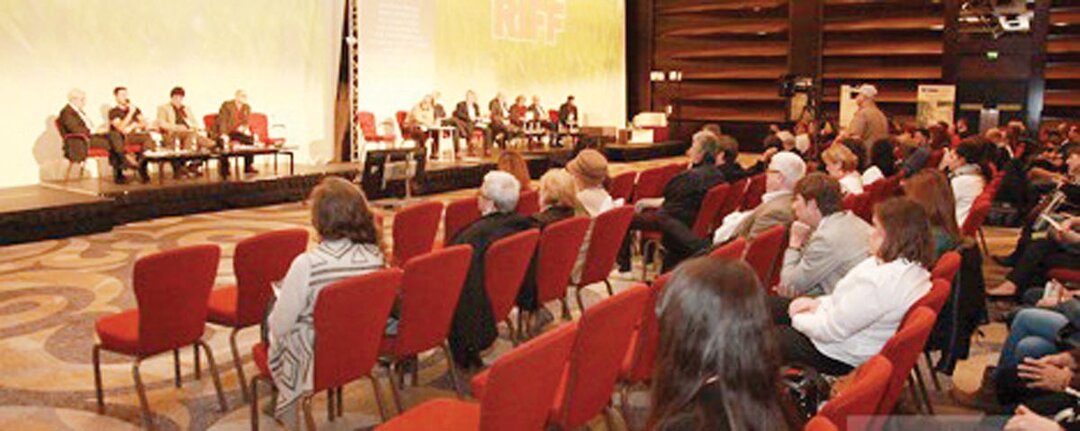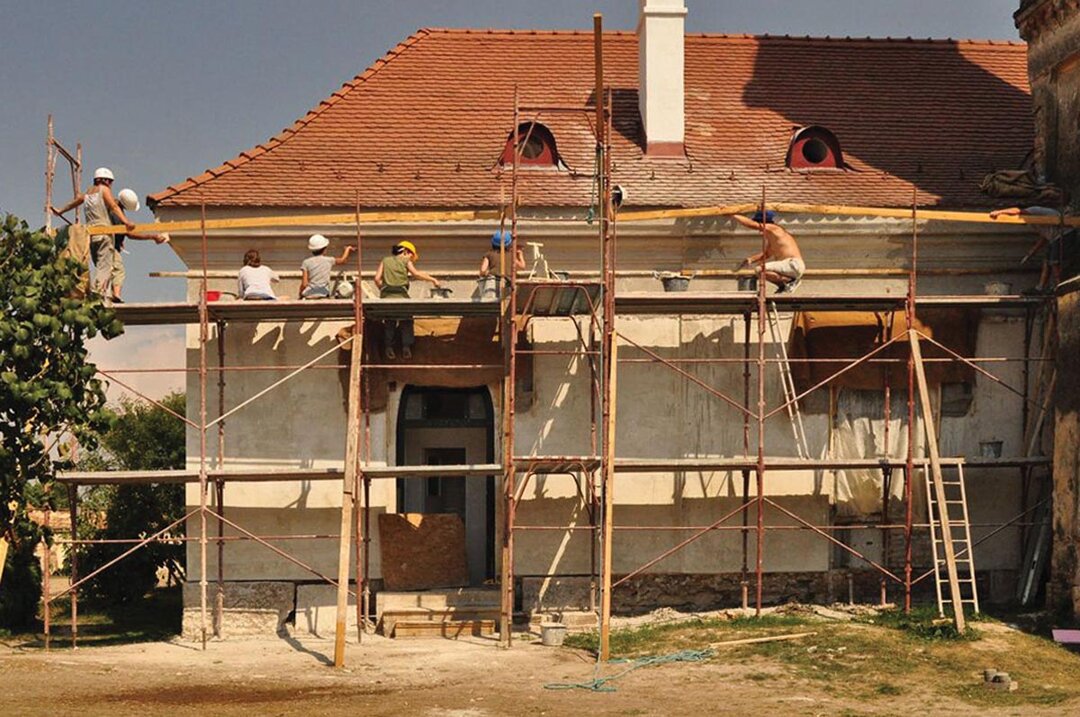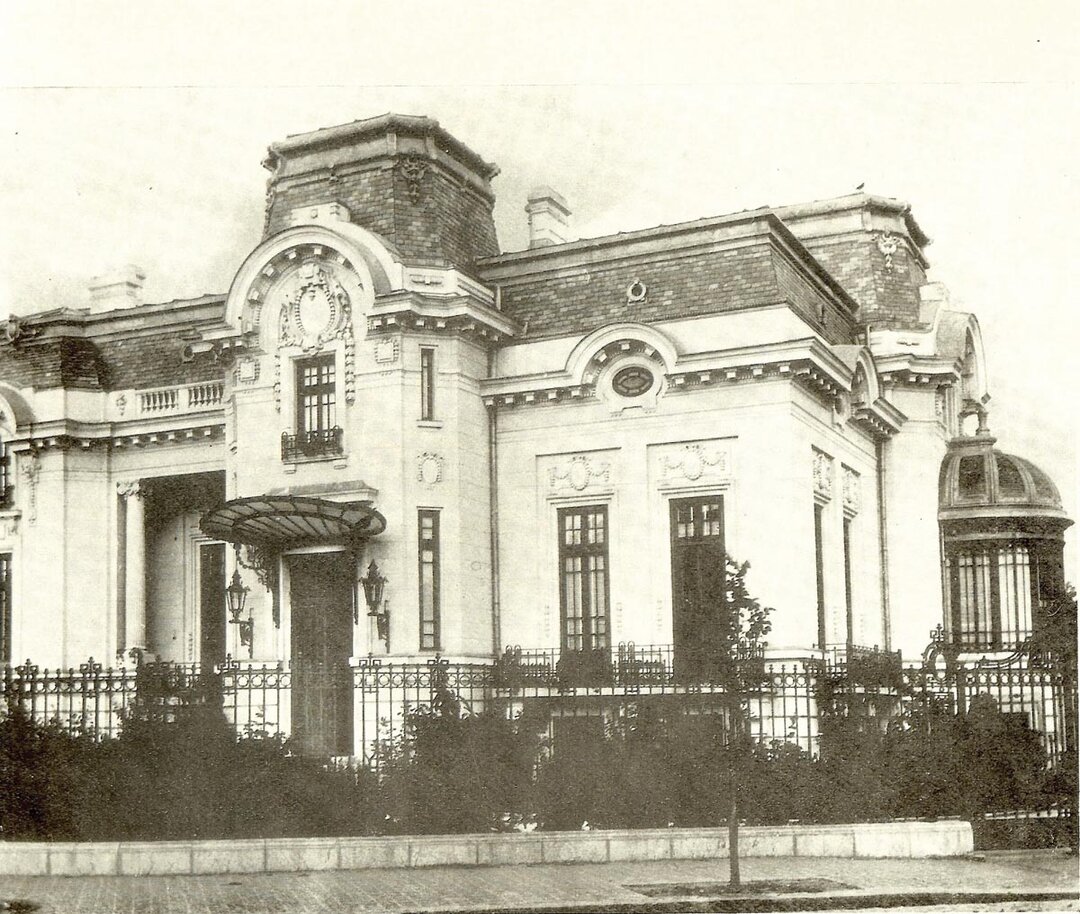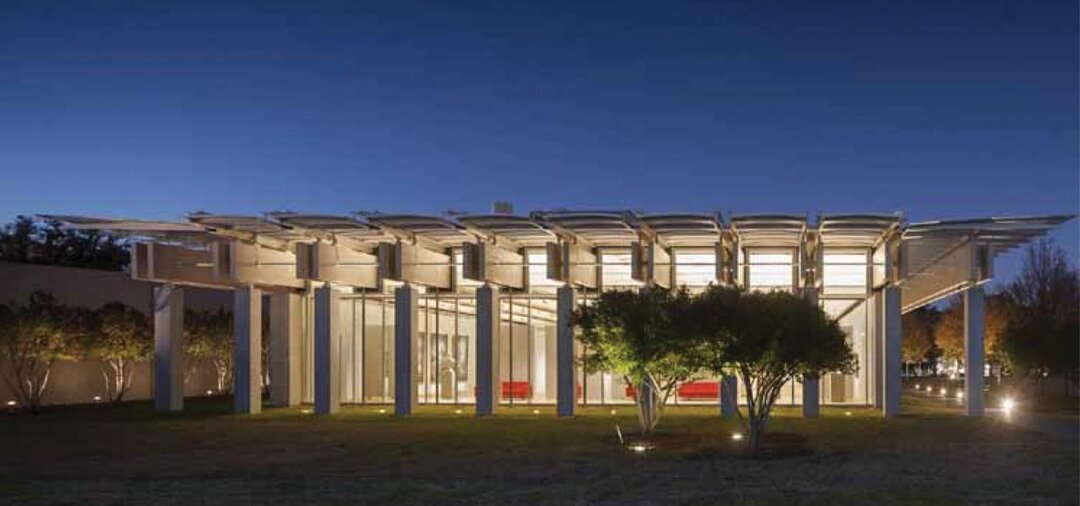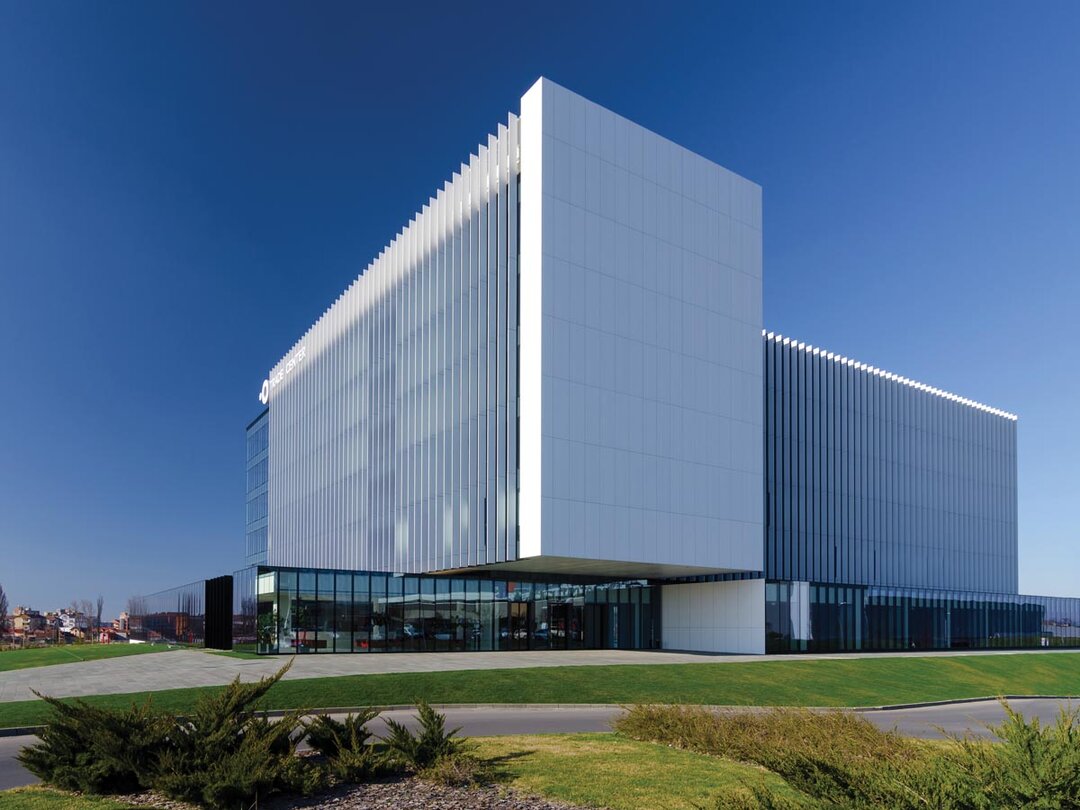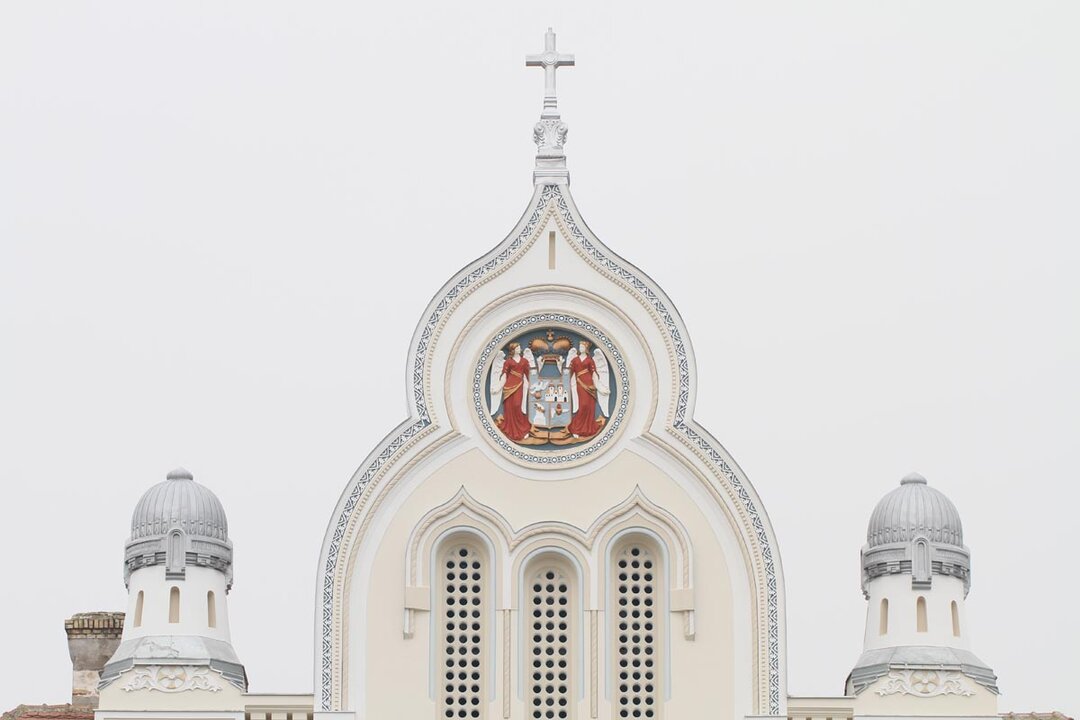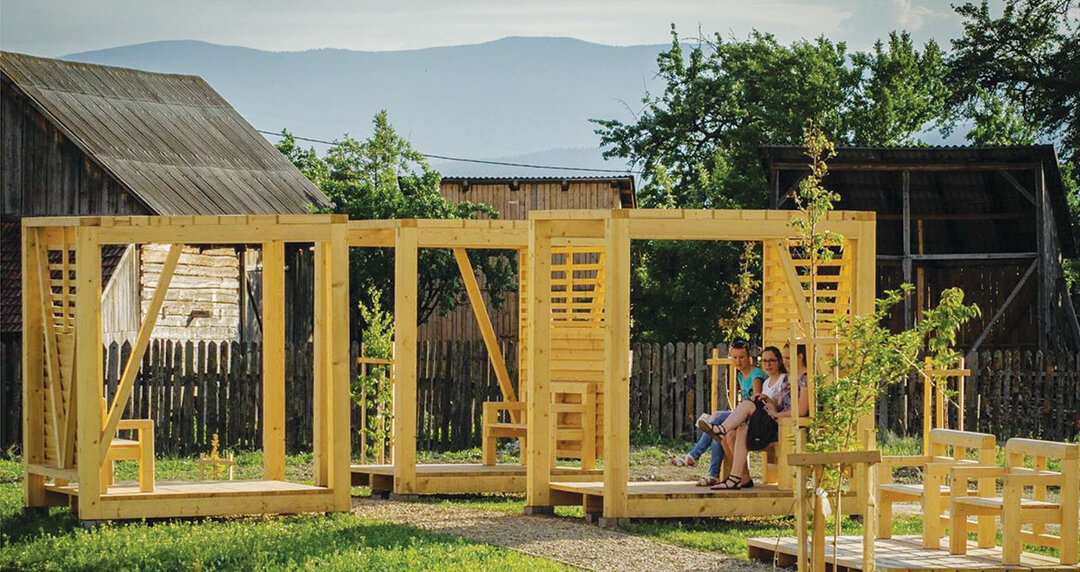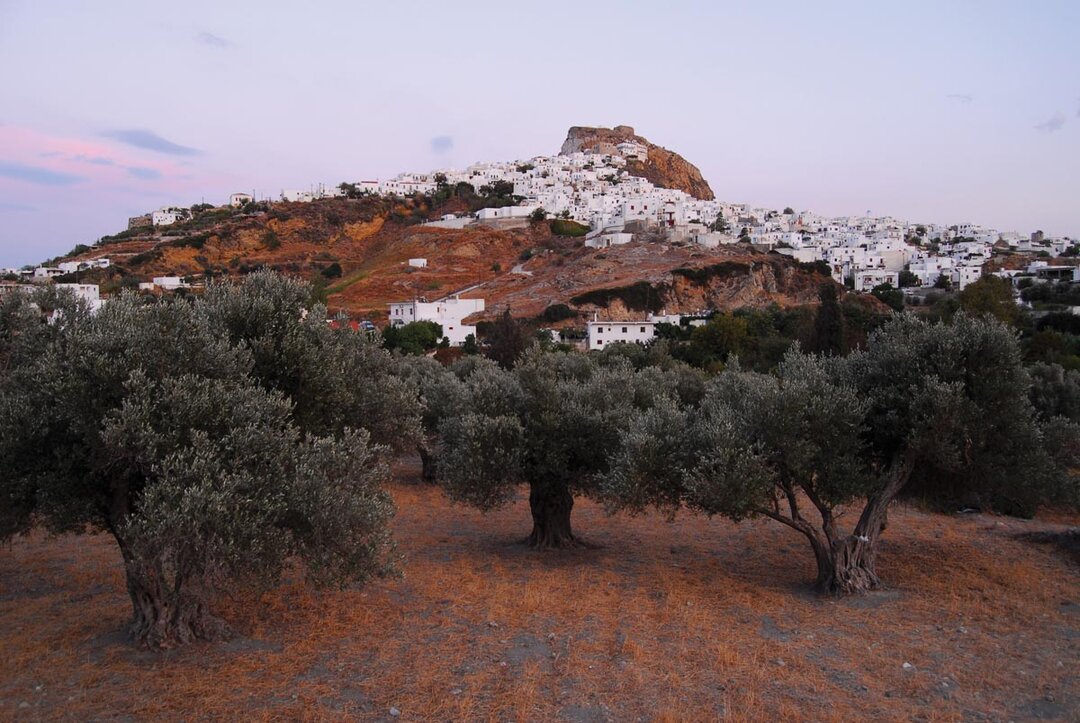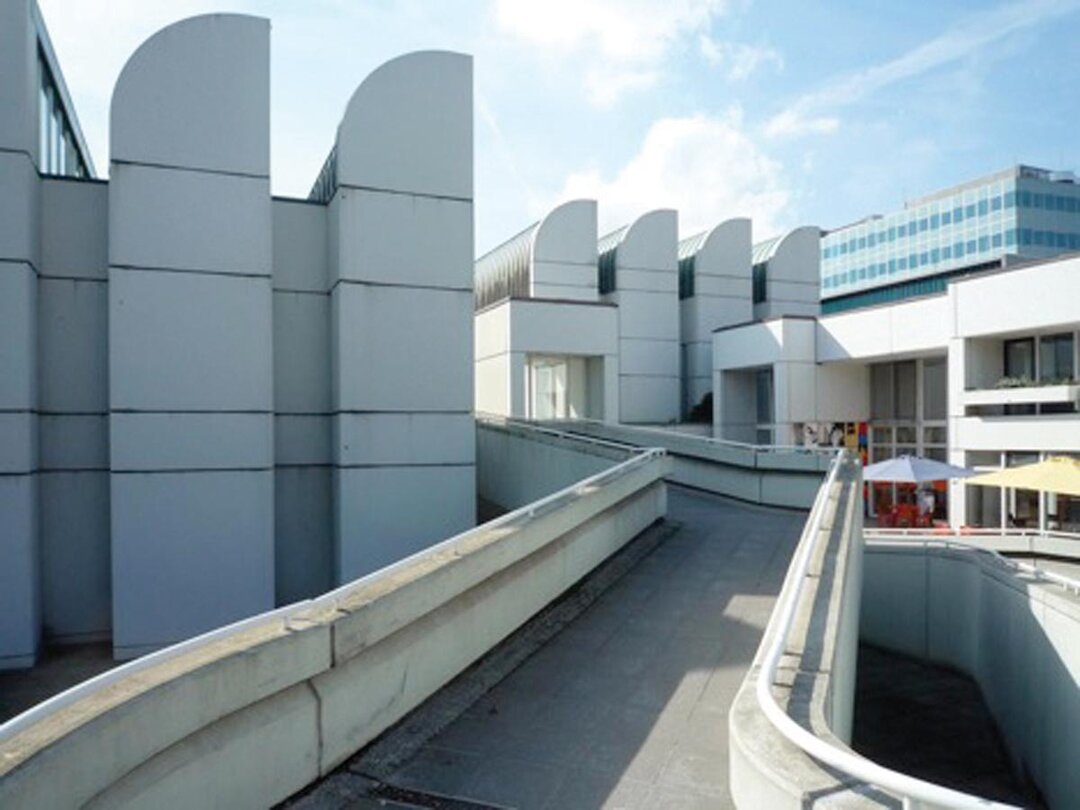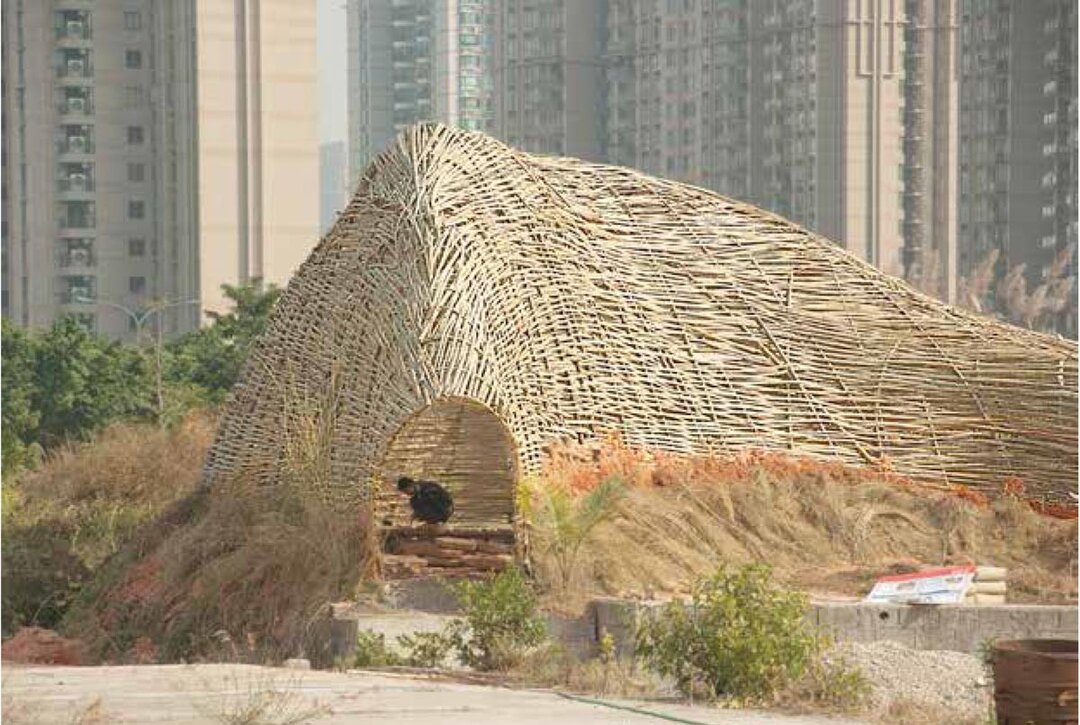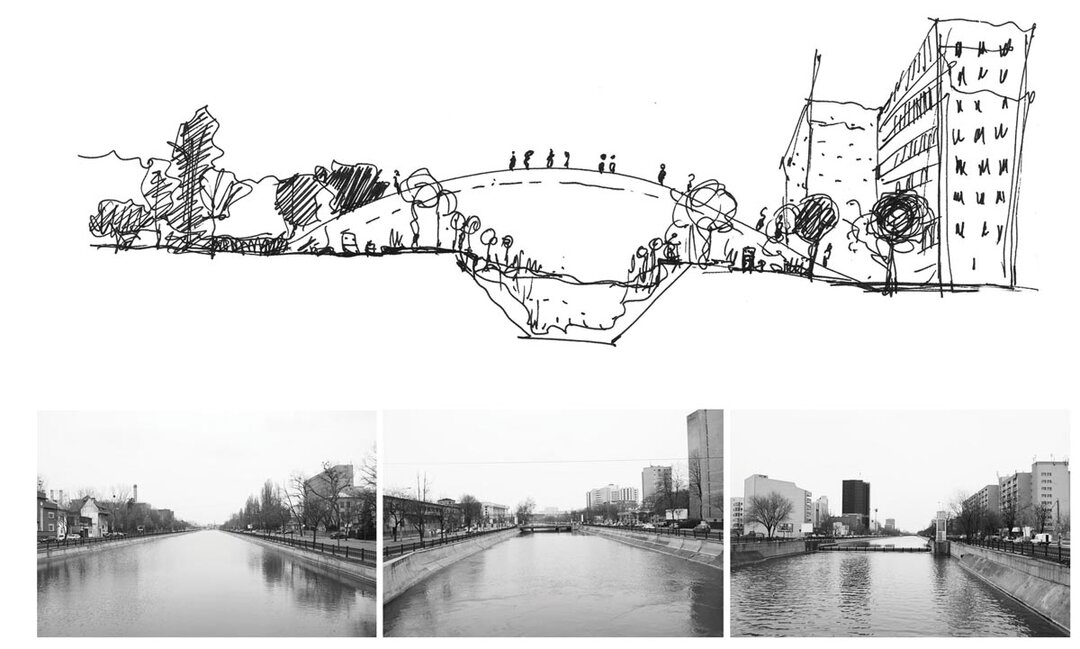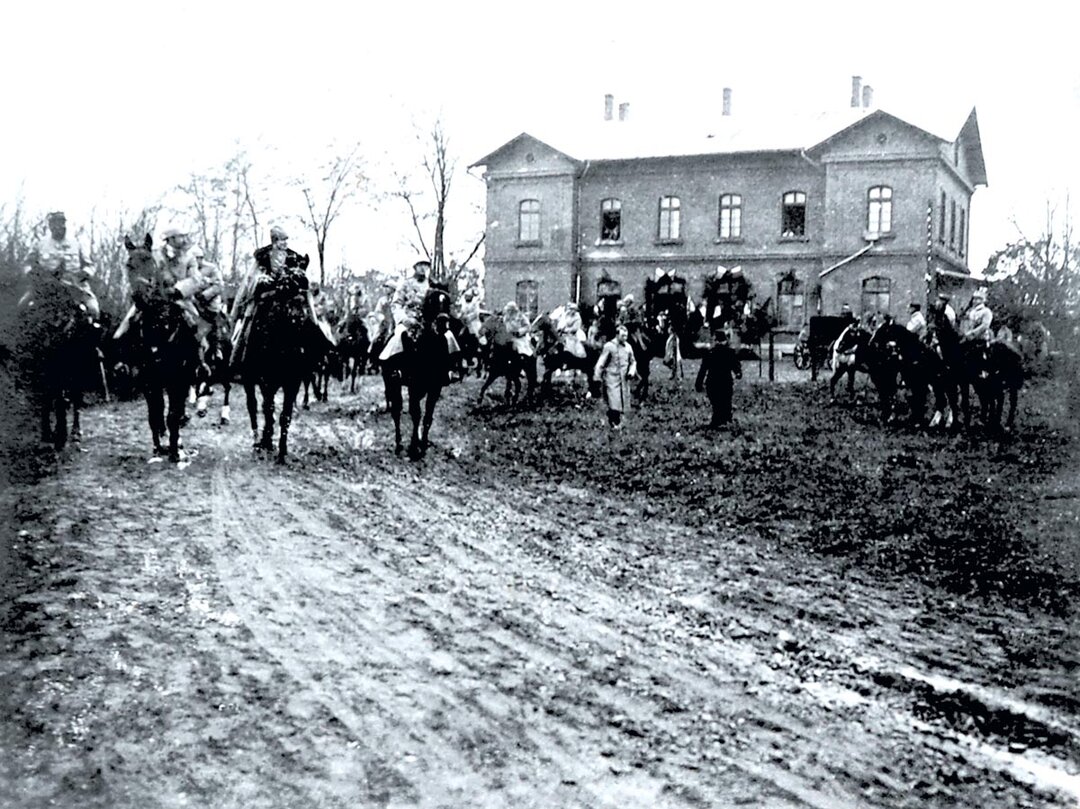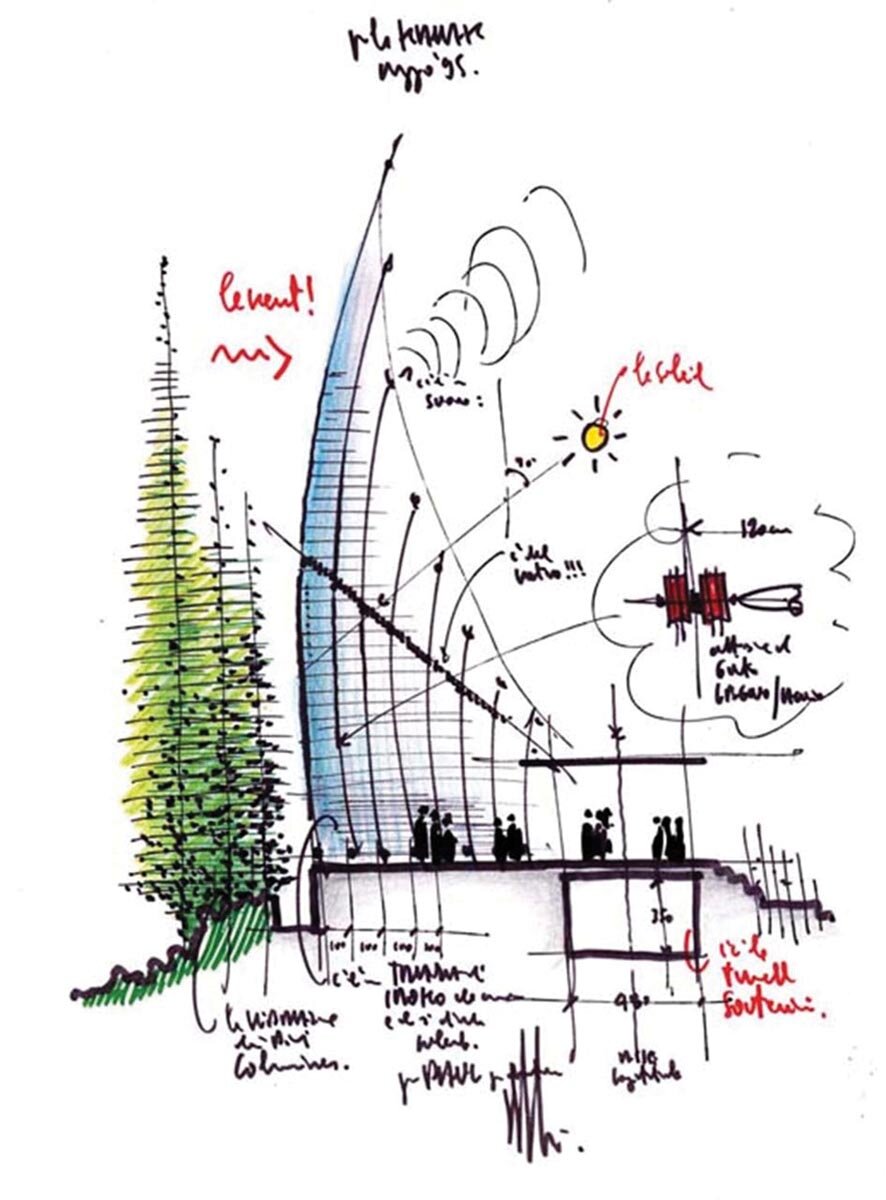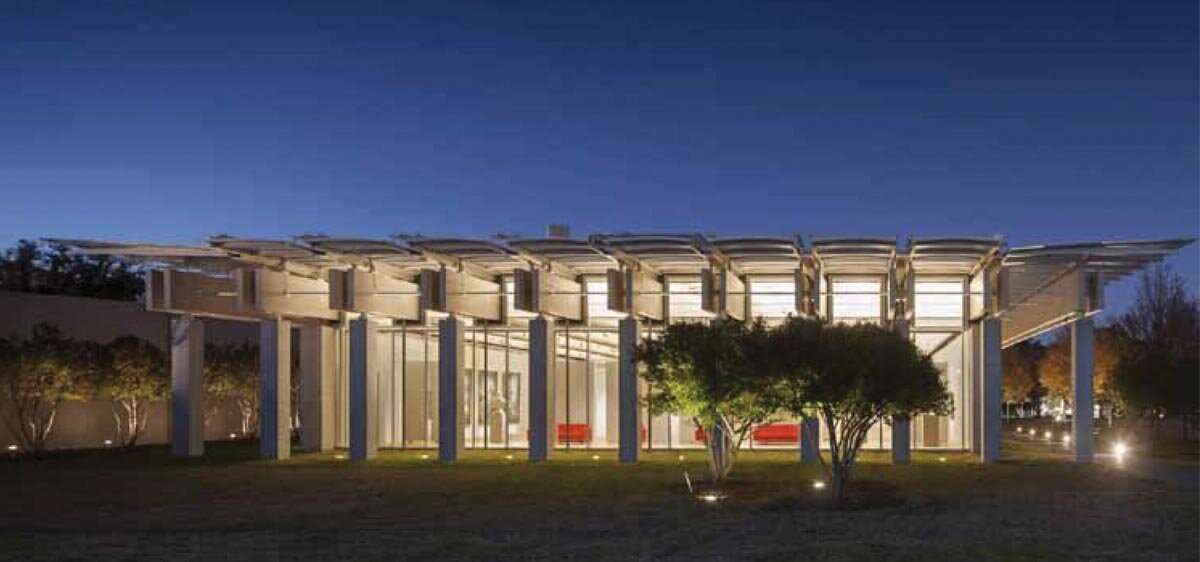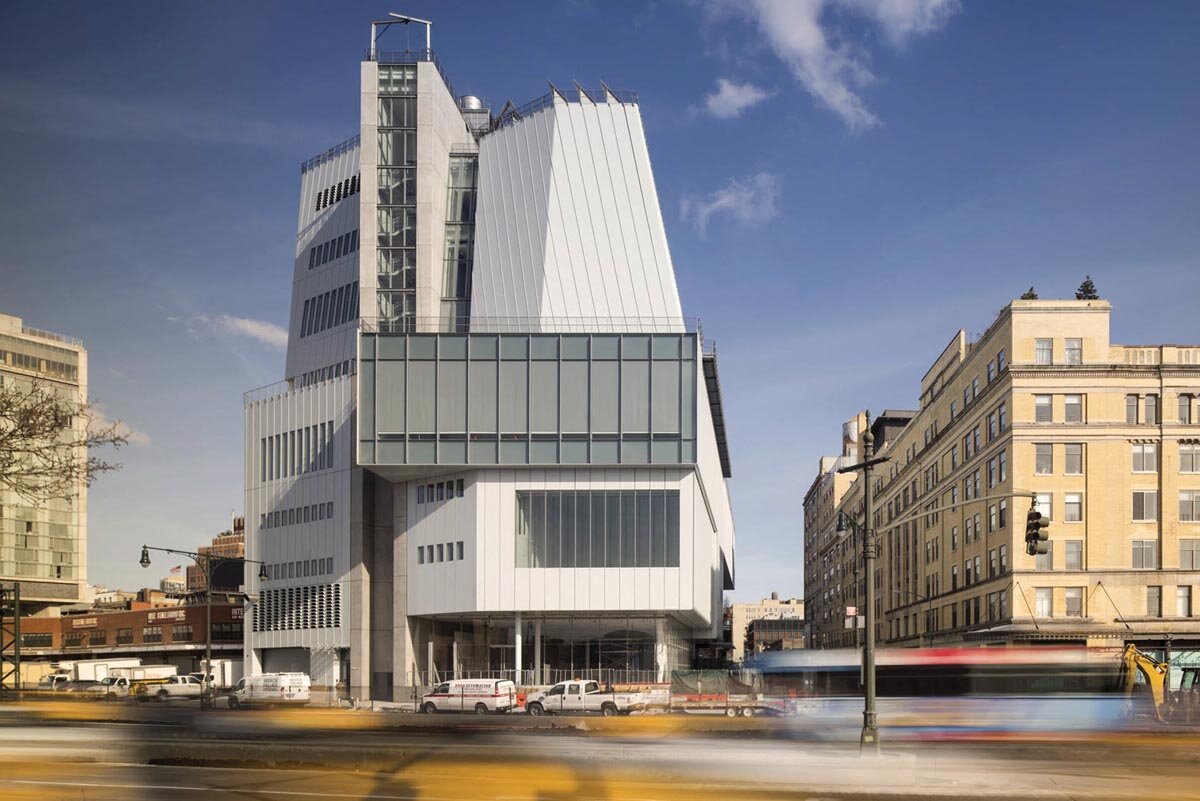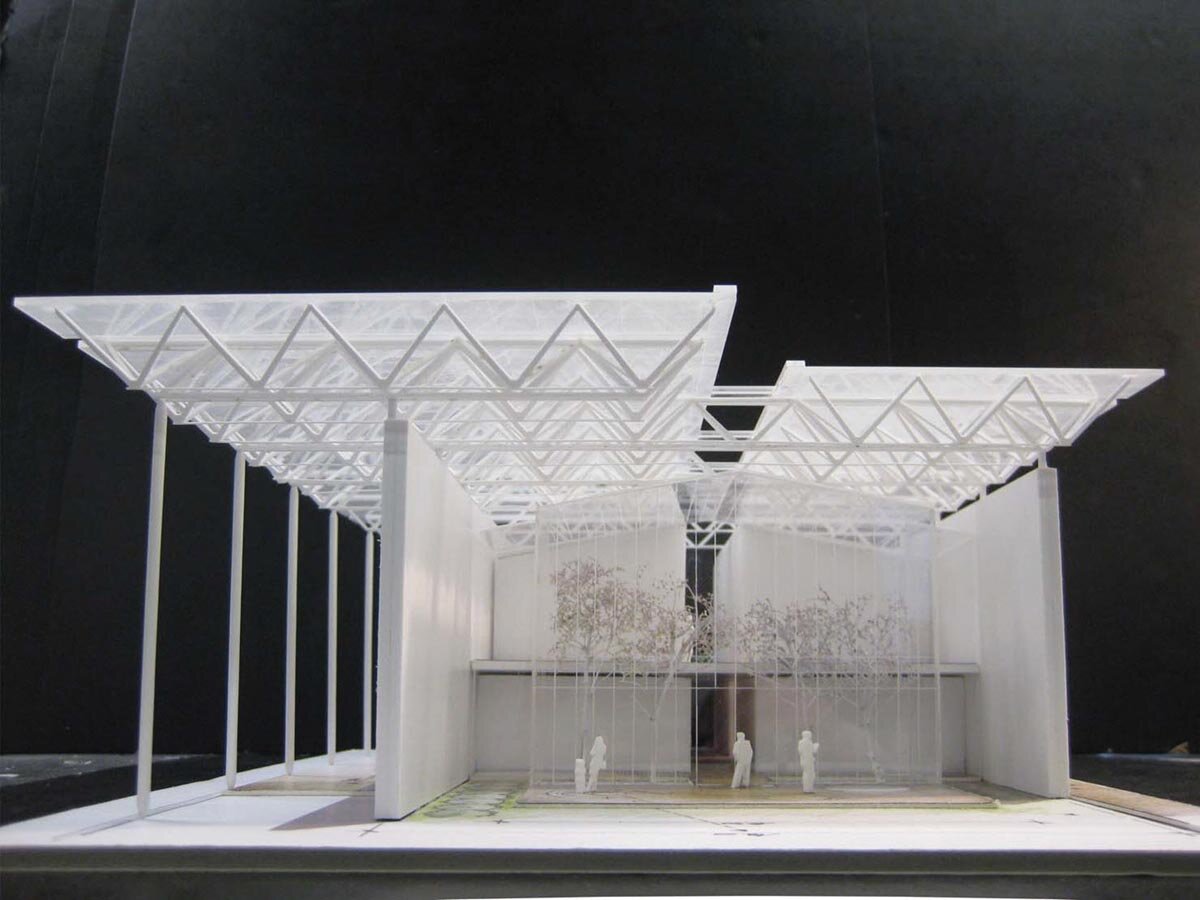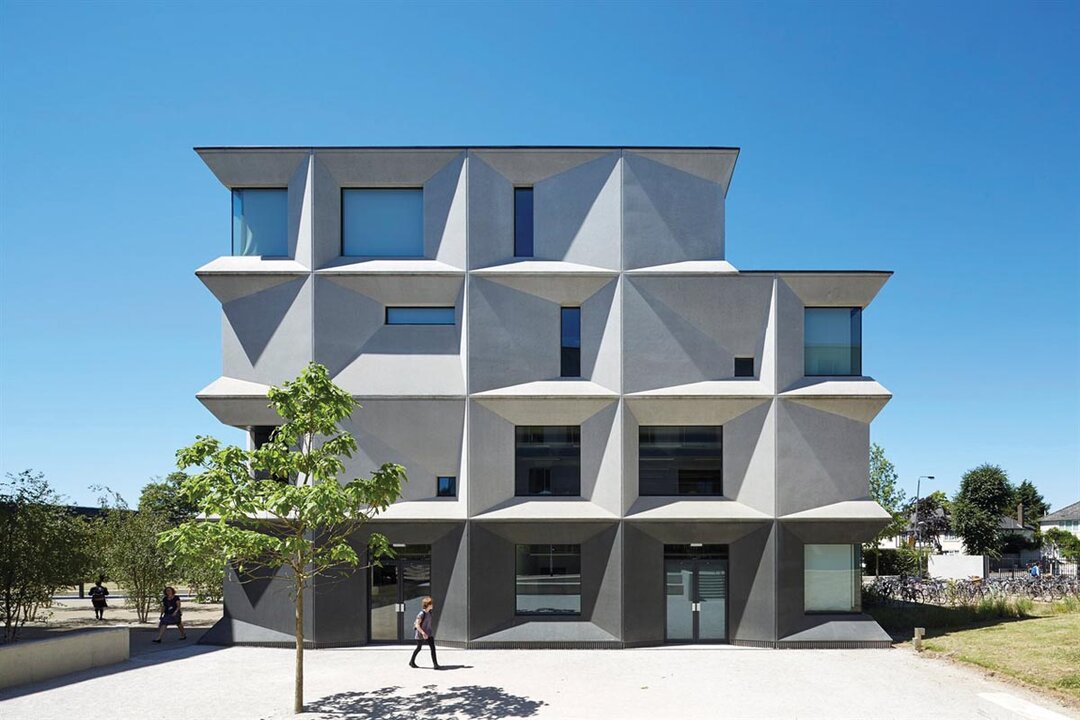
The Piano method
From November 11, 2015 to February 29, 2016, the Cité de l'architecture et du Patrimoine in Paris honors the 50-year career of renowned architect Renzo Piano with an exhibition that reflects the participatory approach of the Renzo Piano Building Workshop, emphasizing the collective and experimental dimension of the projects in terms of technical solutions for innovation, exploiting the potential of certain materials and urban-scale design.
Unlike other retrospectives of his work, this exhibition traces the process that led to the realization of his visions. Piano describes his method as 'inclusive'; thus architects, engineers, consultants and, of course, clients are involved in the design process, 'lateral thinking' is promoted, with no attention paid to trends in the field, and this rule applies to any project, regardless of its scale.
This workshop-exhibition is a journey through recent RPBW projects with the help of very detailed work tables, inviting the visitor to observe the genesis and specific logic of each project. "La méthode Piano" is structured in seven sections: Prehistory. Early works; Landscapes; Landscapes; Confluences; Urban heritage; Heights; Fragments of the city; Materials.
The thematic tour is built around selected recent projects from Europe and the United States, with each table illustrating a different thought process and research methods. This is evident in the Confrontations section, where two Piano projects are compared first with Louis Kahn's design for the Kimbell Museum in Fort Worth and then with Le Corbusier's design for the Monastère Sainte-Claire in Ronchamp.
On display are a large number of plans, sketches, models and photographs of the building sites. In fact, the visitor is surrounded by RPWB projects: different versions, models and sketches of post-2000 projects such as the Shard, the new wing of the Whitney Museum in New York, the "Le Albere" neighborhood in Trento and, in particular, the pediatric hospital in Uganda.


